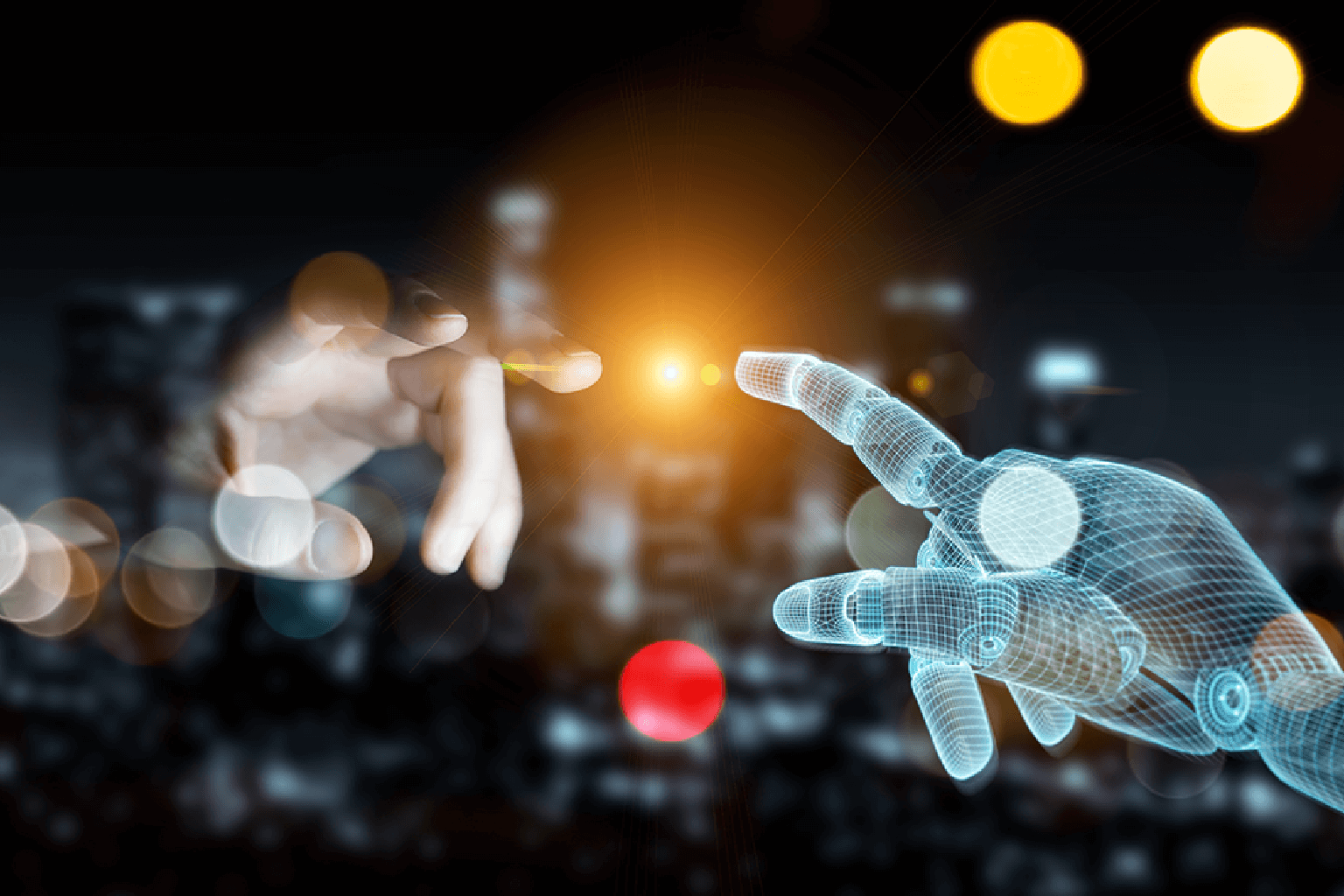
Emotion AI Could Revolutionize Business Software But It Might Have Hidden Risks
AI companies are increasingly relying on “Emotion AI” to help their bots understand and respond to human emotions. Despite privacy concerns and doubts about its effectiveness, we expect this technology to grow significantly.
As companies try to put AI in more places, one surprising trend is that they are using AI to help their many new bots understand how people feel. “Emotion AI” is a field that PitchBook’s new Enterprise SaaS Emerging Tech Research report predicts will grow.
Some individuals hold the following view: If companies assign AI assistants to executives and employees, and utilize AI chatbots as front-line salespeople and customer service representatives, how can AI perform effectively if it cannot distinguish between a frustrated “What do you mean by that?” “What do you mean by that?” people asked.
Emotion AI is said to be the smarter sibling of sentiment analysis, which is a technology that tries to figure out how people feel from text messages, especially on social media.
Emotion AI uses sensors for audio, video, and other inputs, along with machine learning and psychology, to try to figure out how people are feeling while interacting with a computer.
A lot of big AI cloud providers, like Microsoft Azure Cognitive Services’ Emotion API or Amazon Web Services’ Rekognition service, offer services that let developers use emotion AI. Over the years, the second one has caused some trouble. You can even get emotion AI as a cloud service, but PitchBook says the sudden rise of bots in the workforce gives it a brighter future in business.
In the report, senior analyst for emerging technology at PitchBook, Derek Hernandez, says, “With the rise of AI assistants and fully automated human-machine interactions, emotion AI promises to make interpretations and responses more human-like.”
“Microns and cameras are important parts of the hardware side of emotion AI.” These can be on a laptop, a phone, or a separate place in the real world.
Hernandez informs TechCrunch that wearable hardware is likely to expand the application of emotion AI beyond these devices. This could explain why the customer service chatbot wants to use your camera.
Increasingly, startups are forming to achieve this goal. NEA was the top donor with $400 million in 2022, followed by Uniphore, which raised $610 million in total.
It also includes MorphCast, Voicesense, Superceed, Siena AI, audEERING, and Opsis, all of which raised small amounts from different VCs, according to PitchBook.
Emotion AI, of course, is a very Silicon Valley idea: using technology to solve a problem that arises when using technology with people. That being said if most AI bots eventually learn how to automatically feel how other people feel, this solution might work.
If you think back to 2019, when emotion AI first became popular in Silicon Valley, most of the AI and ML world was still focused on computer vision rather than generative language and art. However, researchers threw a wrench into the plan.
In that year, a group of researchers published a meta-review of studies that concluded that facial movements can’t show how someone is feeling.
You could argue that the idea that we can teach an AI to read people’s emotions by copying how people do it by reading their faces, bodies, and voices is not entirely accurate.
Balancing AI Innovation with Privacy
Some AI laws, like the European Union’s AI Act, don’t allow computer vision systems to detect emotions for certain purposes, such as education. This idea might not come to fruition. Some state laws, such as Illinois’ BIPA, prohibit the taking of biometric readings without permission.
All of this paints a more comprehensive picture of the future in which Silicon Valley is tirelessly striving to implement AI everywhere. Either these AI bots will strive to comprehend emotions, enabling them to perform tasks such as customer service, sales, and HR, or they may not excel in any job that requires such skills.
There may be AI bots in the workplace, like Siri, in 2023. Who can say which is worse? A management-required bot attempts to predict everyone’s emotions in real time during meetings.


